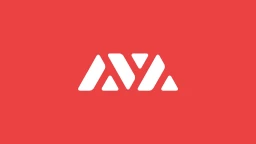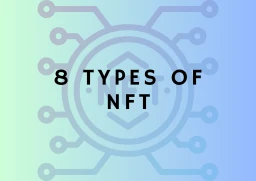Top 8 NFT Blockchains in 2023
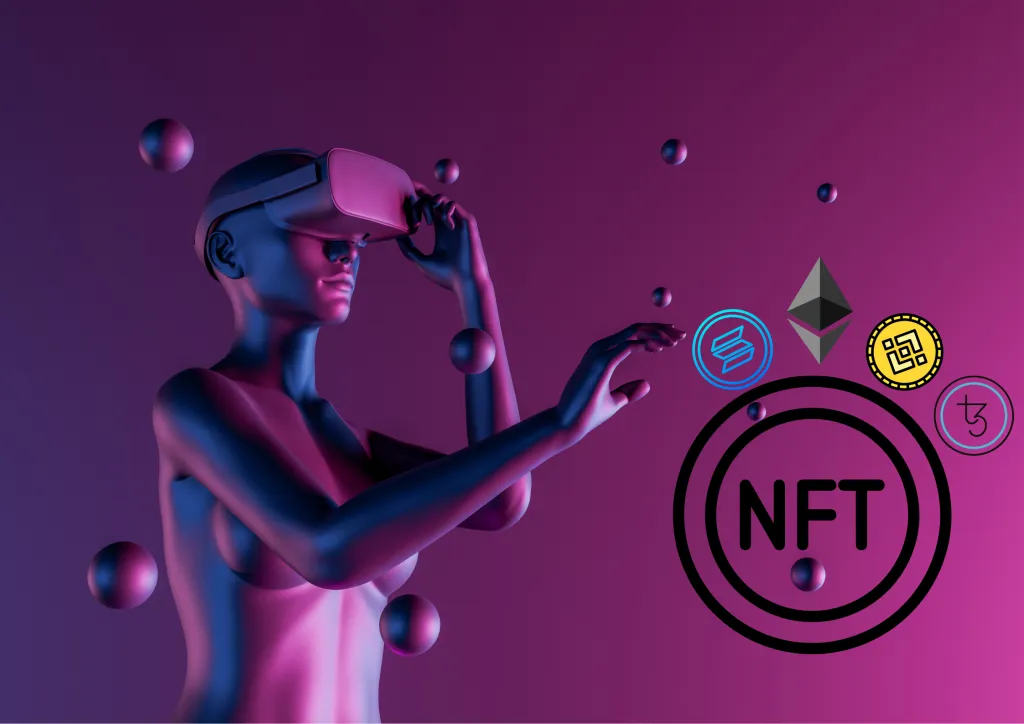
The rapid growth and acceptance of NFT has given rise to more implementations and opportunities in the decentralized world. Since it is backed by blockchain networks using smart contracts, it is easy and reliable for holders to create unique digital tokens and assign it for multiple use cases. However, not all the blockchains provide the same level of security, efficiency, and flexibility. From Ethereum to Tezos, let us explore the top NFT blockchains that will dominate the market in 2023.
The top NFT blockchains are:
- Ethereum
- Solana
- BNB
- Tezos
- Polygon
- Flow
- Ronin
- WAX
ETHEREUM BLOCKCHAIN

Ethereum is undoubtedly the most well-known blockchain network for NFTs. It has been around since 2015 and boasts a robust ecosystem of developers, projects, and communities built on top of it.
The Ethereum blockchain is a solidity-based network released on July 30, 2015. Ethereum is the premier blockchain with smart contract functionality; it introduced the concept of smart contracts to the decentralized landscape. In the years that followed, the Ethereum network, whose native token is $ETH, became the incubator for several decentralized developments, such as DeFi, Metaverse, and NFTs.
ERC-721 and ERC-1155 token standards make this network a reputable blockchain for NFTs. Tokens created on the network use ERC-721, while multi-token ERC-1155 is used to create fungible and non-fungible tokens. As one of the most secure networks, it began with a PoW (Proof-of-Work) consensus mechanism to validate transactions. However, it adopted the current PoS (Proof-of-Stake) consensus mechanism to validate transactions.
SOLANA BLOCKCHAIN
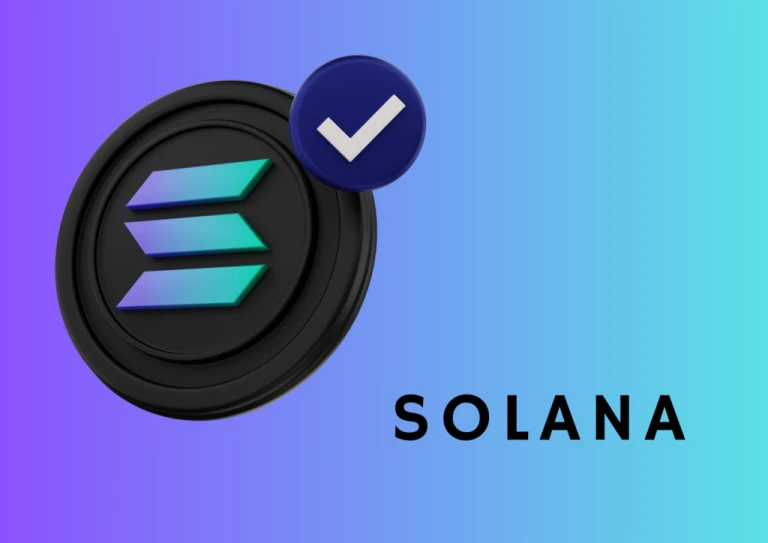
The white paper for Solana was published on 2017 and was up and functional in 2020 with $SOL as it’s native token. Solana addressed the scalability and transaction speed limitations, which were the major concerns for the networks like Bitcoin and Ethereum.
To mitigate network latency and cost, the Tower BFT uses Solana’s Proof-of-History (PoH) as a reminder before consensus, making it the first blockchain to use PoH. By reducing the time, it takes for consensus on transactions, this PoH contributed to Solana’s scalability.
Currently, Solana has a market cap of over $6.5 billion, making it one of the fastest-growing ecosystems in crypto.
In general, Solana’s gas fees are lower than Ethereum, typically amounting to just a fraction of a penny. This affordability enhances the accessibility and attractiveness of Solana and brings it under one of the best NFT blockchains.
BINANCE SMART CHAIN – BNB BLOCKCHAIN
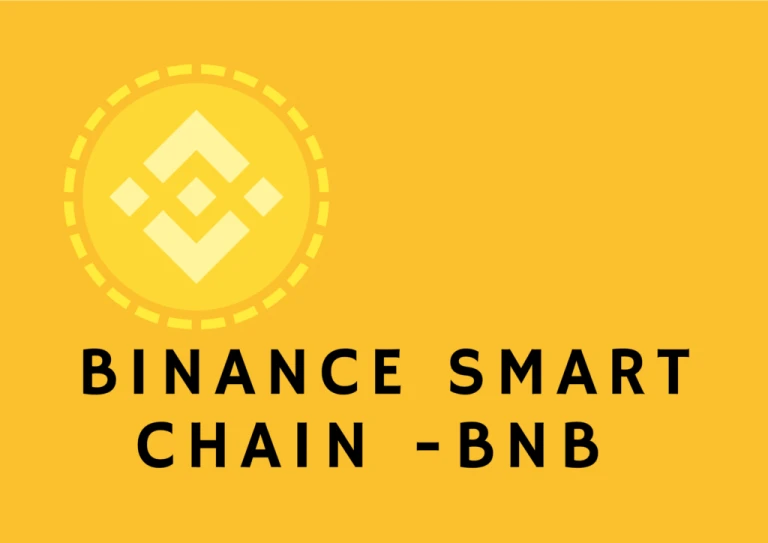
Earlier they had two different chains, called Binance Smart Chain (BSC) and Binance Chain. In February 2022, they rebranded it to BNB Chain to promote innovation and decentralization in the network.
The Binance Smart Chain specializes in smart-contract-based applications as well as interoperability with the Ethereum Virtual Machine (EVM) while maintaining quick transaction times and affordable gas prices.
Using a multi-chain strategy, Binance plans to increase its scalability. To achieve consensus efficiently, BNB employs a Proof-of-Staked Authority (PoSA) consensus mechanism that combines elements of Proof-of-Stake (PoS) and Proof-of-Authority (PoA).
Similar to ERC-721, BEP-721 serves as the token standard for NFTs created on the BSC network. BSC also replicates the ERC-1155 token standard with its BEP-1155 token standard.
TEZOS BLOCKCHAIN
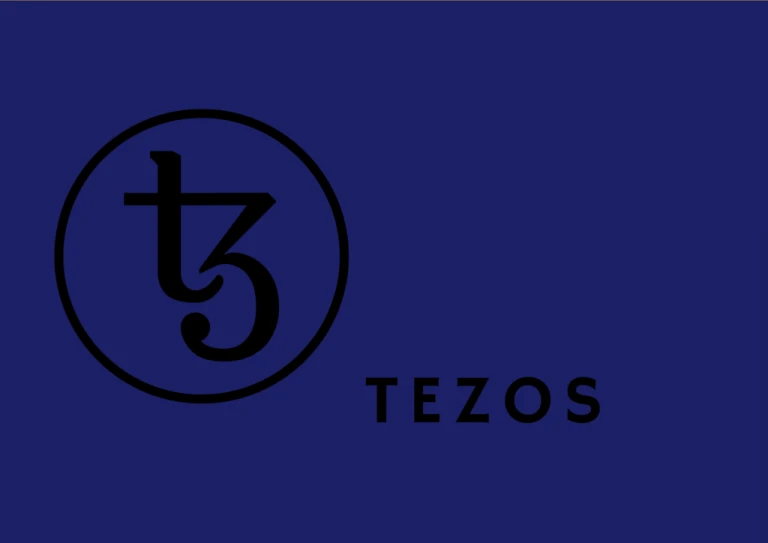
As an LPoS (Liquid Proof-of-Stake) network, Tezos allows for the deployment of smart contracts and the minting of NFTs.
Due to its focus on innovation and support for smart contracts and decentralized applications, Tezos has earned recognition as a leader in operability. With its speed, functionality, and self-improving ability, it is a great blockchain for building NFT marketplaces and trading NFTs.
Tezos has its native token $XTZ with its native standard TZIP (Tezos Improvement Process). The TZIP again has multiple standards for fungible tokens and multi-asset feature.
After March’s “Mumbai” upgrade, the blockchain was able to process up to 1 million transactions per second (tps). It released its 14th upgrade this Monday called “Nairobi,” which improves the transaction speed by 8X along with other enhancements.
Unlike prior blockchain versions, Nairobi introduces a new fee mechanism that charges users based on network usage instead of a one-size-fits-all flat fee.
POLYGON
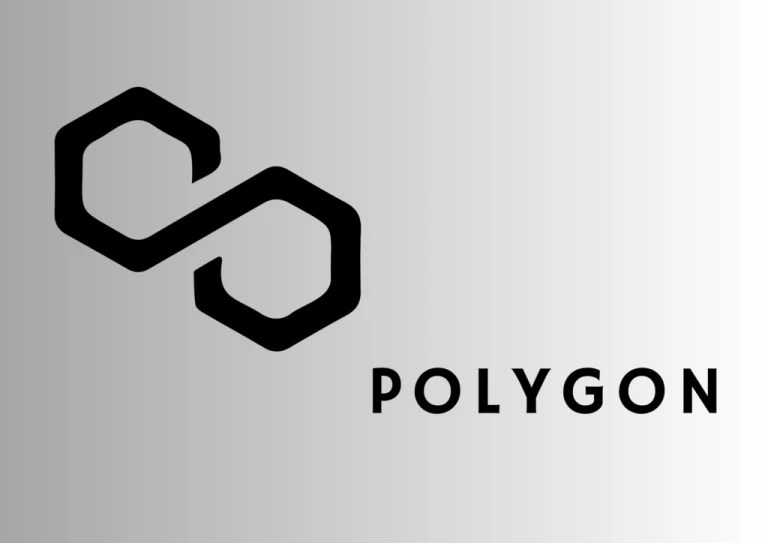
Previously known as MATIC, it functions as a layer-2 scaling solution that processes transactions for the Ethereum network. Polygon addresses the scalability issue of Ethereum by offering a framework for constructing and connecting multiple sidechains. For NFT projects seeking to reduce high gas fees and enhance user experience, Polygon has become a popular choice.
FLOW

In May 2020, Dapper Labs developed the Flow blockchain, a permissionless layer 1 network.
NFTs, games, and decentralized applications can be developed with high performance using Flow. The Flow blockchain prioritizes scalability, envisioning a future where billions of people can interact seamlessly with NFTs on the blockchain.
In the Flow network, a modified PoS consensus mechanism validates transactions, while SPoCKs (Specialized Proofs of Confidentiality Knowledge) ensure the proper functioning of execution and verification nodes.
Even though Flow isn’t as widely adopted as Ethereum, notable sports organizations like the NBA, NFL, and UFC have launched their own NFT marketplaces.
RONIN
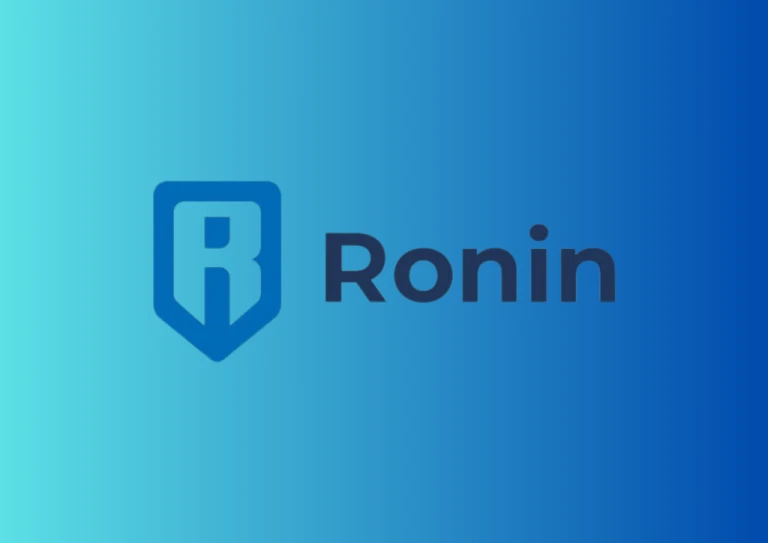
Ronin is an EVM blockchain specifically forged for gaming. Launched by Sky Mavis, the creator of Web3’s breakout title Axie Infinity which has generated over $1.3B in revenue
Ronin is an Ethereum Virtual Machine blockchain specifically designed for gaming. Launched by Sky Mavis, the creator of WEB-3’s breakout game Axie Infinity.
They originally started with Proof of Authority (PoA) consensus, but later integrated Delegated Proof of Stake (DPoS) to increase Decentralization.
Ronin is the home of all Axie Infinity assets—Axies, Land, SLP and AXS. Currently, Axie Marketplace is the only marketplace on Ronin as it’s the native chain for the P2E (Play-to-Earn) game.
Also read on NFTs as Travel Ticket
WORLDWIDE ASSET EXCHANGE – WAX
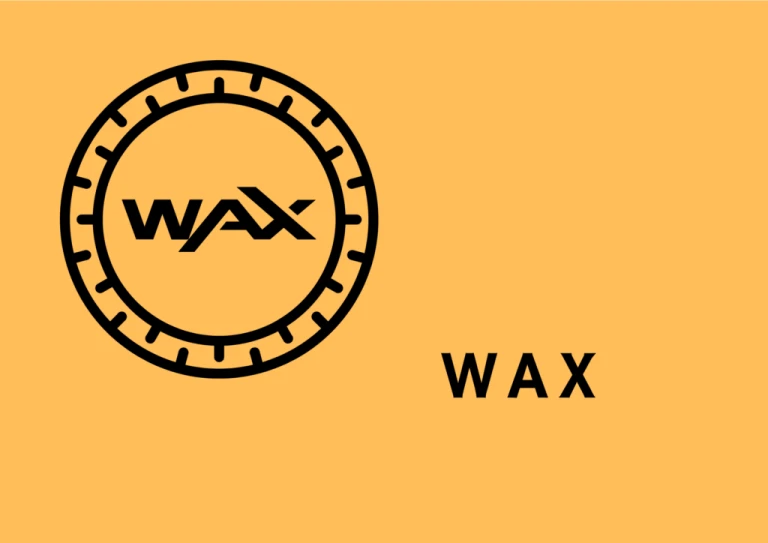
WAX was designed specifically for blockchain-based digital collectibles, virtual goods, and gaming items. It employs DPoS (Delegated Proof-of-Stake) as its consensus mechanism.
WAX offers users the opportunity to develop NFTs and Games for free, using voting rewards to encourage participation.
Through the WAXP-Ethereum Bridge, the WAX native token, $WAXP, can be exchanged for other tokens on the WAX ecosystem.
Conclusion
A number of smart contract-based blockchains exist across the decentralized landscape. Each has its own unique features and perks. There are numerous other blockchains as well, with each consisting of its own pros and cons such as Avalanche, XRP and much more.







